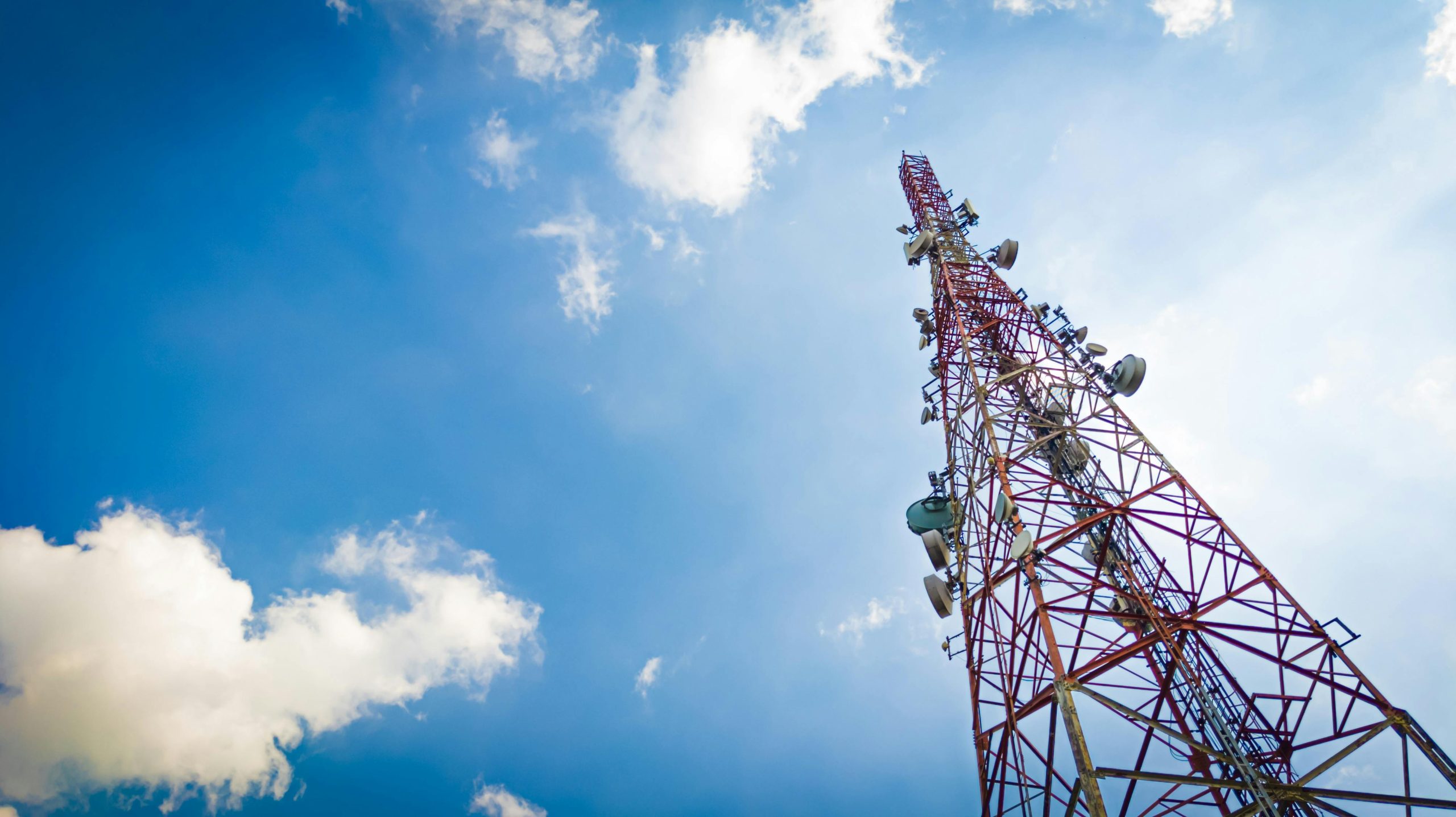Mobile Coverage Issues in the City Centre
Have you noticed how poor cell phone coverage can be in the city centre and near the station? It could be a problem with the network itself, but even when I’m connected to 4G, there’s often little to no connectivity. Any thoughts on this?

It can be really frustrating to experience poor cell phone coverage, especially in busy areas like the city center and around train stations where you’d expect better service. There are a few possible reasons for this issue:
Network Congestion: High foot traffic can lead to a surge in network usage, overwhelming cell towers and causing slower speeds or dropped connections.
Building Interference: In densely populated areas, tall buildings can block signals, making it difficult for your phone to maintain a strong connection.
Infrastructure Limitations: Sometimes, the local infrastructure may not be able to support the increased demand, and the existing towers might not be adequately spaced or equipped to handle the number of users.
Technical Issues: There could be specific technical problems with the network in that area, such as maintenance work or outages, which could temporarily disrupt service.
If this is a persistent issue, it might be worth reaching out to your network provider to report the problem. They can sometimes provide updates on expected improvements or offer solutions like Wi-Fi calling in the meantime.
It’s an important topic, and you’re certainly not alone in experiencing connectivity issues in urban areas! One of the main challenges for mobile networks in city centers often stems from the high density of users and the architecture of the urban environment itself. High-rise buildings can obstruct signals, while attractions and public transport hubs, such as train stations, tend to attract a large number of users, leading to network congestion.
Moreover, as 5G technology starts to roll out, many cities are still leveraging 4G networks, which can become saturated during peak times. It might be worth exploring future upgrades in your area, as improved infrastructure could significantly enhance your connectivity experience.
User feedback is crucial for mobile providers to identify problem areas, so reporting these issues to your service provider can also stimulate improvements. Additionally, utilizing mobile signal boosters or Wi-Fi calling can sometimes be effective temporary solutions. Have you tried any methods to improve your signal? Sharing those experiences could help others in similar situations!
This is a great observation, and it’s a challenge that many city centres face due to high user density combined with physical barriers. One significant factor contributing to poor mobile coverage, even on a 4G connection, is the presence of tall buildings that can obstruct signals. Additionally, network congestion in peak hours can further degrade service quality.
It’s worth noting that network providers are continuously working to enhance coverage and capacity, often through the installation of small cells which help boost signal in densely populated areas. Users can also look into network coverage maps or apps that provide feedback on service quality in real time, enabling them to make more informed decisions about their network providers.
Engaging with local municipal plans regarding telecommunications infrastructure could also be beneficial. Cities are starting to incorporate better connectivity solutions in their urban planning, which may improve the situation long-term. What measures have you noticed being taken in your area to address this issue?